Confused about Italian wine
labels? If so, you are not alone. Understanding wine labels
on Italian wines can be quite a challenge.
italian wine, wine, wine bottles
Keep reading to get tips on how to understand the Italian
wine label, Italian wine classification and what key
information to look for or to avoid on the label.
Italian wines are labeled in different ways. Some are
labeled by the grape variety (eg, Sangiovese), some by the
wine-making district or village (eg, Chianti), some have
proprietary names invented by the particular vineyard, and
some have an indicator of the wine classification levels
below (DOC, DOCG or IGT).
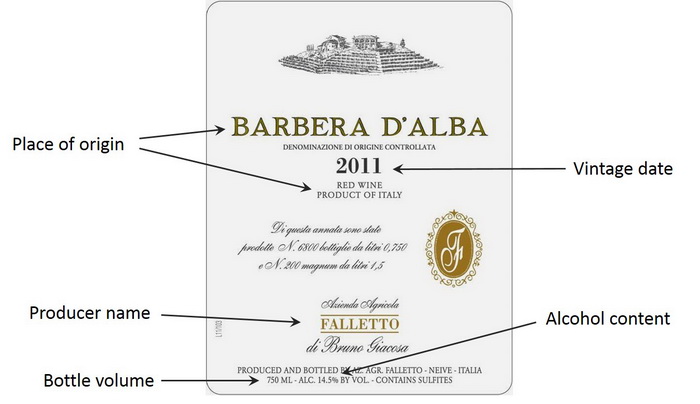
ITALIAN WINE
CLASSIFICATION
In Italy, wines are labeled according to a classification
system that roughly indicates the quality of the wine (like
the French appellations or AOC which you can read more about
in this article on the French wine label label).
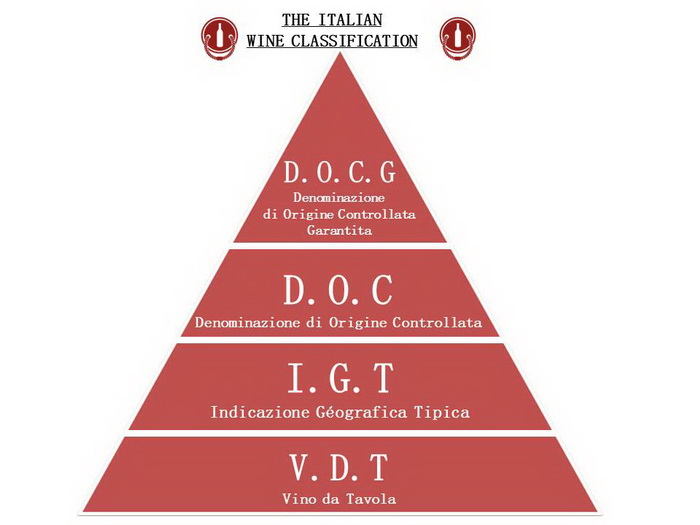
There are three main Italian wine classifications:
DOC – short for Denominazione di Origine Controllata. This
basically means that the wine meets certain requirements set
by the DOC for that specific region: variety of grape, how
long the wine has been aged, maximum yield of grapes per
acre, minimum alcohol content, etc. There are several
hundred different DOC wines.
DOCG – short for Denominazione
di Origine Controllata Garantita. This is the highest
quality classification, with the wine meeting some
additional quality criteria in addition to DOC requirements.
There are only about two dozen DOCG wines.
IGT – this stands for
Indicazione Geografica Tipica or literally "typical place
name". These wines do have some requirements on region and
grape variety, but are less strict than DOC or DOCG.
However, this is not necessarily an indication of lesser
quality. Some very good Italian wines are labeled IGT
because the winemakers do not want to be bound by such
stringent governmental requirements and want to be freer to
experiment with newer winemaking practices.
Wines that do not meet the
requirements to be classified as DOCG, DOC, or IGT are
called table wines or vino da tavola. Again, some excellent
wines will be classified this way for the same reason as for
IGT. An example is the "Supertuscan" wines from Tuscany.
GRAPE VARIETALS
Italian wine labels will sometimes indicate the grape
varietal. However, the names may not be familiar ones if you
do not already know Italian wine, due to the unique climates
in Italian wine regions. For example, you may see Sangiovese
(used to make Italian Chianti), Nebbiolo (used in Barolo and
Barbaresco), Barbera, or Dolcetto on red wines, or Pinot
Grigio on white.
ITALIAN WINE REGIONS
Italian wine labels may also indicate the wine region where
the wine was produced. For example, Chianti is produced in
the Chianti area in the Tuscany region of Italy. For more
information on Italian wine regions, take a look at our
article on Italian wine. Finally, it may be helpful to
understand some of the Italian words that you might find on
Italian wine labels:
Spumante – this indicates a sparkling wine
Bianco – a white wine
Rosso – a red wine
Chiaretto – a rose wine
Dolce – this indicates the wine is sweet
Secco – this indicates a dry wine.
|
WhatsApp: (+852) 6393 6565

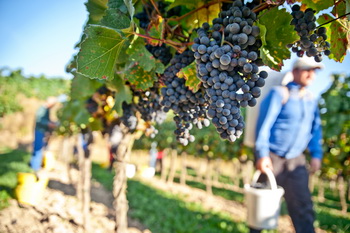
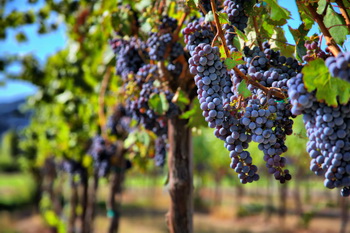

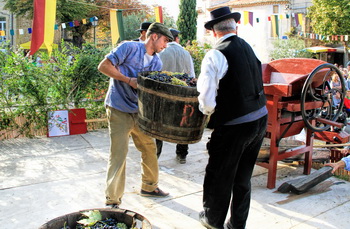

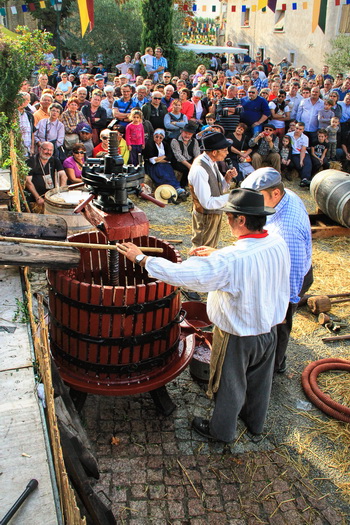

|